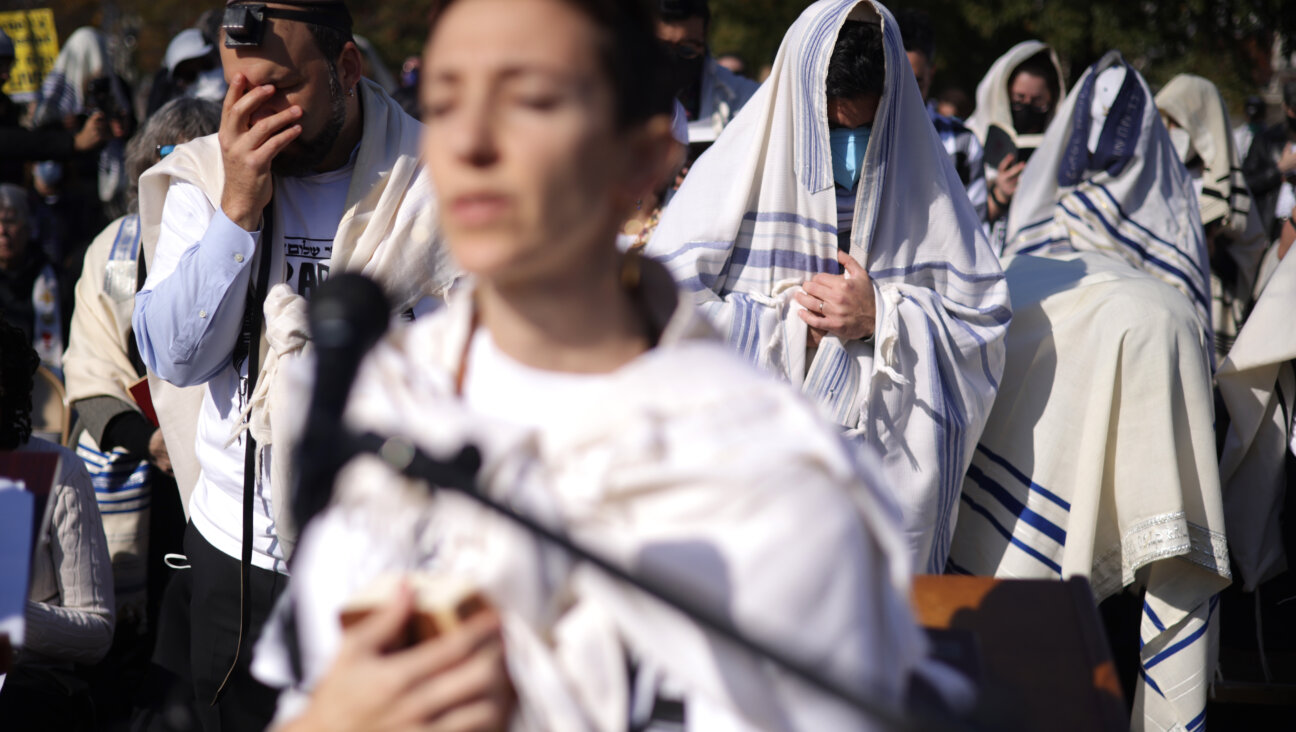The Jews of Old-Time Medina
Nathan P. Baker of Walnut Creek, Calif., has a query about the city of Medina in Saudi Arabia, the second-holiest site of Islam after Mecca. “I was quite surprised,” he writes, “to learn that it was a Jewish city, called Yathrib, long before the time of Muhammad. Could you furnish me, please, with the dates, the number of Jews in Yathrib, when its name was changed, and how and when Muhammad drove the Jews out and the city became sacred to Islam?”
Medina, which is still called Yathrib in the Koran, was indeed a heavily Jewish city in Muhammad’s time. Its name in fact bears witness to this, because whereas “Yathrib” is a genuine Arabic name that can be found in old South Arabian inscriptions, “Medina” is not. It is a non-Arabic word that, while occurring in both Aramaic and Hebrew (accented on the middle syllable in the former and on the last syllable in the latter), almost certainly derives in this case from Aramaic.
The reason for this certainty is simple. The root of Aramaic-Hebrew medina is din, “law,” and medina in both languages denotes a place in which a given body of law or legal system is applied, i.e., an area of political jurisdiction. The difference is, however, that in Hebrew this area is a large one, while in Aramaic it is limited to a city. Thus, for example, in the book of Esther, which we read this week in synagogue in honor of Purim, the opening verse of the Hebrew text tells us that King Ahasuerus ruled over 127 medinas from India to Ethiopia — which the Targum, the canonical Jewish translation of the Bible into Aramaic, renders not as medinata, “cities,” but as pilkhin, “provinces.”
We thus know that whoever settled in Yathrib and gave it its non-Arabic name of “the Medina” or “the city” were originally Aramaic speakers from elsewhere. At first this was just a local usage employed by these immigrant Medinians for their town, just as New Yorkers, when talking among themselves, call New York “the city,” too. (If you come from Philadelphia, on the other hand, you call New York “New York,” just as other Arabians went on saying “Yathrib.”) This usage must then have spread to the Arabic-speaking population of Yathrib, which attached the Arabic definite article to make it “Al-Medina” (as Arabs call Medina to this day), a form then adopted by the Aramaic speakers when they eventually switched to Arabic themselves. And it is highly likely that these immigrants were Jews from Palestine or Babylonia, both Aramaic-speaking areas in the early centuries C.E., because we also know from Arab historians that, in Muhammad’s time, three large Jewish clans — the Banu-Nadir or “Sons of Nadir,” the Banu-Korayzeh and the Banu-Kainuka — dominated the city. In addition, there were in Medina two large non-Jewish clans, the Aws and the Khazraj, whose origins were in Yemen.
These same Arab historians, with an assist from the Koran, tell us the rest of the story. In the year 622, in his famous hijrah or migration, Muhammad left his home town of Mecca, in which his anti-pagan diatribes had aroused opposition, for Medina, the native city of his mother. He was invited there by the Aws and the Khazraj, who had been quarreling and — hearing of his new religion — hoped that it might unite them. It has been speculated that, influenced by the monotheism of their Jewish neighbors and rivals, yet not wishing to join them, they were the first of the Arab tribes to grasp the unifying potential of Islam.
After Muhammad’s move to Medina, war broke out between his new supporters and the Meccans. The Jewish clans of Medina remained neutral and were at first unharmed. But after an unsuccessful Meccan siege of Medina in 627, Muhammad accused the Jews of siding with the Meccans and attacked them, killing all 600 able-bodied men of the Banu-Korayzeh and enslaving or expelling the Banu-Nadir and the Banu-Kainuka. (This gives us a rough answer to Mr. Baker’s question about how many Jews were in Medina, since 600 “able-bodied” men would indicate a population — men, women and children — of several thousand for the Banu-Korayzeh and of five to 10,000 for all three clans.) There is a clear reference to this episode in Sura 33 of the Koran, known to Muslims as “The Clans,” in which we read:
Muhammad and his followers also inherited the local name for Yathrib, “Al-Medina.” And in 629 they moved against another Jewish population, that of the oasis of Khaybar north of Medina, and expelled it from its homes, too. Yet despite the triumph of Islam, Jews continued to exist in the Arabian peninsula for a long time. The 12th-century Jewish traveler Benjamin of Tudela reported large numbers of them still living in the Khaybar region, and it was apparently only in the 15th or 16th centuries that the last remnants of them disappeared completely.
















